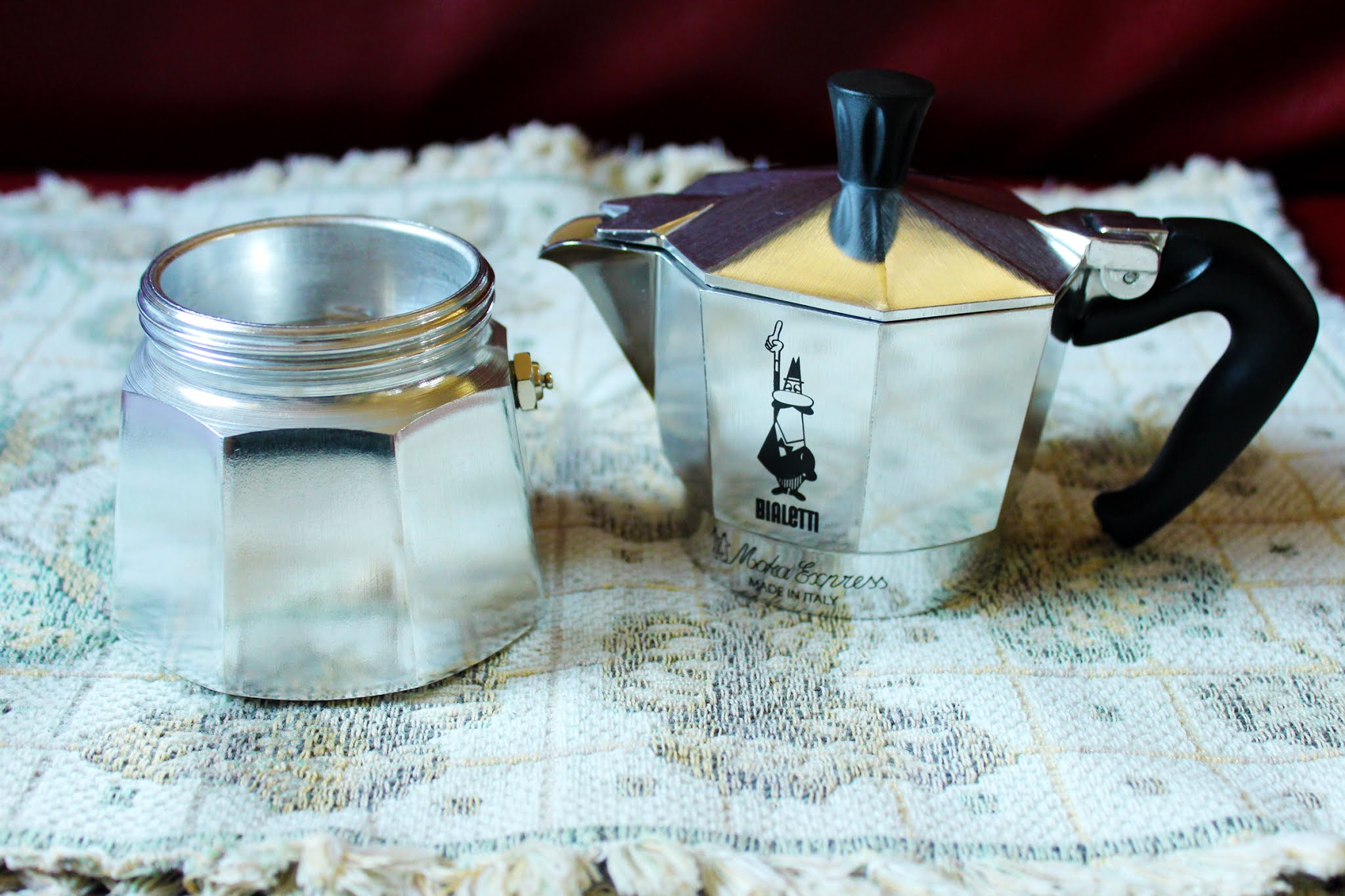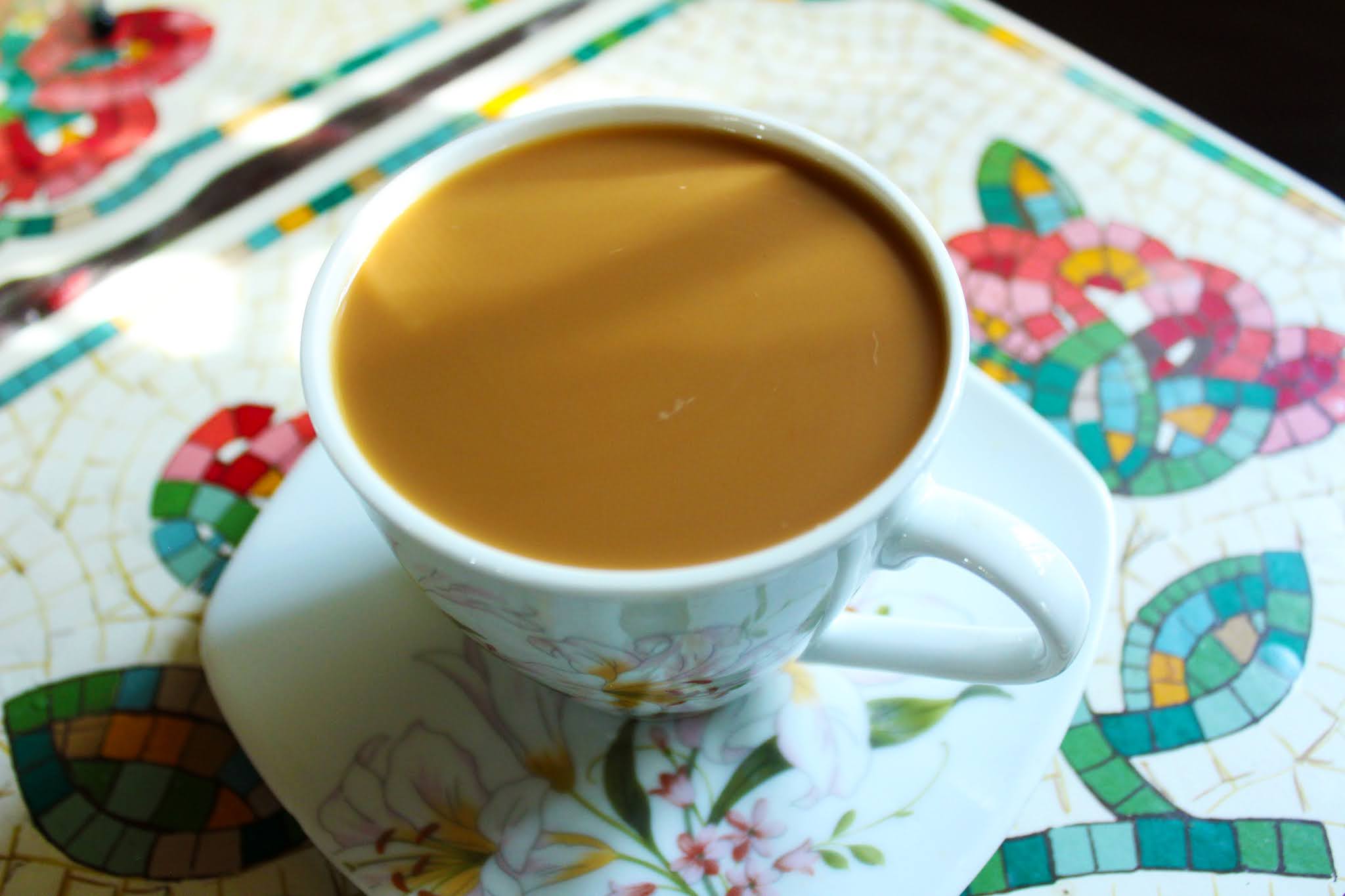B Is for Bialetti Moka Express, My Baby Coffee Maker
Coffee bliss.
As I mentioned in my coffee haul last December, my sister gifted me with something I've always wanted to have: a moka pot. Maybe it's my blooming obsession with anything Italian or my blooming obsession with coffee or the fact the my French press broke- either way, I just really wanted to have a moka pot in my stash. I finally got to use my moka pot last month, January 8 to be exact, so happy first month to me and my baby Bialetti yay!
Since I've been using it for a month now, I figured it's a good time to write a review about it. This is for those who are curious as to what a moka pot is or if a moka pot is worth having or not. And well, this is for those who just like a good read on anything about coffee!
So first things first: what is a moka pot? A moka pot is a stovetop coffee maker invented by Alfonso Bialetti that is usually made of aluminum or stainless steel. Bialetti actually has two versions of this: the one that I have is called a Moka Express and the other version is called a Brikka.
It has three parts:
(L-R) boiler, filter, collecting chamber
The boiler is where you put your water (hot or room temp) up until the safety release valve; the funnel-shaped filter is the one you fill with ground coffee, and the collecting chamber is where the coffee will come out. The boiling water, pressurized by steam, will pass through the ground coffee, producing piping hot brewed coffee on the collecting chamber. Yum!
Additionally, the collecting chamber has two more important parts: a filter plate and a rubber gasket. The filter plate blocks any coffee granules from coming up the collecting chamber while the gasket makes sure that the collecting chamber is closed tightly with the boiler so that the pressure in the boiler is safe to build up. The rubber gasket can and should be replaced once it gets too worn or when it snaps in two.
In action:
Step 1: Fill the boiler with water up until the safety release valve. I like using room temp water but if I am pressed with time, I go ahead and put on freshly boiled water instead.
Step 2: Fill in the filter with ground coffee! It's important to have fine ground coffee in the filter. If your grinder can't achieve a very fine grind, don't fret. Ground coffee that has a texture in between medium and fine works well too. Think of it this way: French press grind but make it at least 2-3 times finer.
Here are the coffee grounds I currently use. I use a blend of the Bialetti Nocciola and Good Cup Coffee Co's Brazil Minasul. The Bialetti Nocciola has that fine grind I'm talking about and should be your reference when grinding. My grinder can't achieve that fine of a ground but the moka pot seems to be okay with the grind that it can. As you can see, it's like 20% coarse and 80% fine.
Also, can we talk about how much coffee actually goes into the filter? I had no idea it would take thar much coffee to fill it up. My research all indicate to pack the coffee to the brim before levelling it out but I find that not packing it is just as fine. I just make sure the funnel is filled to the brim then I level it out- no packing necessary. But hey, if you want a stronger coffee, by all means, pack it in!
Step 3: Close the two chambers tightly, turn on the stove top, and let the moka pot do its magic! Our smallest stove top was still too big to accommodate the moka pot so I just used a spare grill so that the moka pot can sit on top of the flame just fine.
Step 4: Hello, coffee! A few things to keep in mind: the moka pot doesn't create "crema". Second, once you hear a gurgling sound, take the moka pot off the heat immediately. That's a sign that the boiler has run out of water, thus, your coffee is ready.
Step 5: Enjoy! My moka pot is 3-cup espresso maker (around 200ml / 6.5fl oz worth of coffee) and don't judge- I drink all of them in one sitting. What can I say, I like my coffee strong and punchy. Are the palpitations and adrenaline rush worth it? Oh hell yes!
PS. I don't drink my coffee black. I usually add a bit more water to it and of course, fresh milk and sugar, usually brown or muscovado. My perfect cup of coffee should be equal parts bitter, sweet, and milky. *chef's kiss*
I absolutely love using my moka pot. It is a little bit more fussy to use than a French press but the piping hot concentrated coffee I get is just heaven. I have to say though, cleaning and maintaining it is important and an activity you should commit to. I personally rinse my moka pot every after use and deep clean it every other week. Also, I dry it after with a towel- I don't leave it on its own to dry because I don't want to risk it corroding. So far, my moka pot looks brand new so I guess it works!
So, cheers to many more moka pot brewed coffee! I seriously adore this gorgeous thing and honestly, if you ask me if this is worth it: IT IS. 10/10 would recommend. I like that it's compact, noob-friendly, and produces piping hot concentrated coffee that's tasty and aromatic. The 3-cup pot is perfect for a standard coffee cup (or three espresso cups if you're keen on sharing) and a great amount to jumpstart your day.
☕ ITALIAN WORD OF THE DAY ☕
Since we're talking about coffee, well I think it's apt to have caffè as today's word!
A cup of coffee, please! (Una tazza di caffè, per favore!)



































0 comments